What Are Mainframe Modernization Services?
Mainframe modernization services involve upgrading or transforming legacy mainframe systems to become more efficient, scalable, and aligned with modern IT infrastructure. These services cater to organizations relying on mainframes that need to adapt to cloud computing, microservices architectures, or other modern platforms to remain competitive.
The goals include cost reduction, increased agility, and integration with current technologies. Modernization efforts can include migrating workloads to the cloud, re-architecting applications, or implementing interoperability between old and new systems.
These services also address challenges like technical debt, limited developer skillsets, and the high operational cost of outdated mainframes. By modernizing, organizations achieve better performance, reliability, and future-ready systems.
Key Features of Mainframe Modernization Solutions
Code Analysis and Conversion Tools
Legacy codebases often lack updated documentation and have grown through years of incremental changes. Code analysis tools help teams visualize application architecture, uncover hidden dependencies, and understand control flows and data structures. These tools generate reports that identify dead code, security vulnerabilities, and performance bottlenecks.
Code conversion tools automate the translation of legacy code (e.g., cobol, PL/I, Natural) into modern languages like Java, C#, or Python. Advanced tools preserve business rules while optimizing for readability and maintainability. Some platforms also support partial conversion, where the most critical modules are rewritten while others are retained and interfaced with modern components.
These tools often integrate with CI/CD pipelines to validate converted code against test suites and regulatory standards.
Automated Testing Frameworks
Automated testing in modernization projects reduces risk and validates correctness at every stage of transformation. Testing frameworks typically include:
- Unit testing tools for verifying logic in converted modules.
- Functional and regression test suites to ensure behavior is preserved across old and new environments.
- Performance and load testing tools to simulate real-world transaction volumes.
- Data validation tools that check for integrity and consistency between legacy and target systems.
Modern frameworks use record-and-replay mechanisms to capture mainframe interactions and automate their re-execution in test environments. They often integrate with tools like Jenkins or Azure DevOps to support continuous delivery practices, enabling automated test execution with each code change.
Integration Middleware
Integration middleware provides a bridge between modern applications and legacy mainframe systems without requiring a full code rewrite. Key capabilities include:
- API gateways that expose mainframe functions as REST or SOAP services.
- Message brokers like IBM MQ or Apache Kafka that decouple data producers from consumers.
- Data virtualization layers that allow modern systems to query mainframe data in real time without duplicating it.
This middleware supports protocol bridging (e.g., from TN3270 to HTTP) and data format conversion (e.g., EBCDIC to ASCII, flat files to JSON). It can also manage security with support for encryption, authentication, and audit trails. Middleware is critical for hybrid environments, allowing legacy and modern systems to interoperate.
Mainframe-as-a-Service (MFaaS)
MFaaS is a cloud-based or hosted offering that delivers mainframe compute and storage capabilities as a service. Providers offer MFaaS solutions that replicate mainframe environments in a scalable and managed infrastructure.
- Elastic scaling based on workload demands.
- Managed services for infrastructure, security, backup, and compliance.
- Integration with cloud-native tools, such as observability stacks, DevOps pipelines, and AI/ML services.
MFaaS can be used to host legacy applications without owning the physical hardware, reducing capital expenses and shifting costs to a usage-based model. It also supports modernization by enabling incremental migration—starting with development and test environments and eventually moving production workloads.
Mainframe Modernization Solutions
1. Swimm
Swimm’s Application Understanding Platform helps solve one of the biggest challenges in modernization – the lack of understanding of existing applications. Swimm is able to be deployed in highly secure environments and uses deterministic static analysis and generative AI to produce proven, reliable and cost-effective insights.
Key features include:
- Business rule extraction: Accurately extracts all the business rules and logic in the codebase.
- Architectural overviews: Finds and explains the component architecture of the application and breaks down programs, jobs, flows and dependencies.
- Natural language: Turns vague program and variable names into descriptive names for quickly understanding connections and flows.
- Customizable support: Supports complex and proprietary implementations of COBOL, CICS, and PL/I through language parsers and company specific plug-ins.
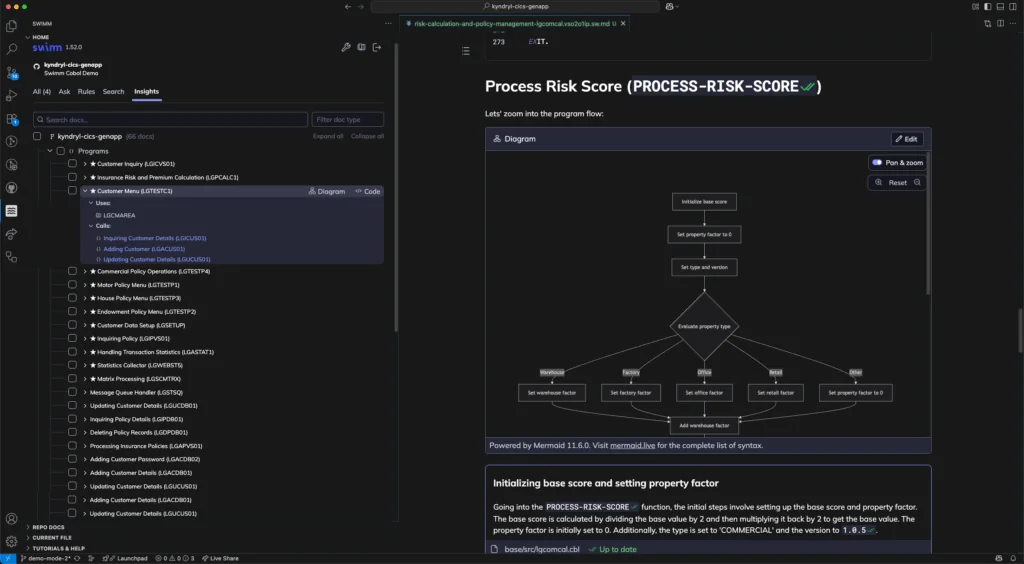
2. Google Cloud Mainframe Modernization

Google Cloud Mainframe Modernization is a suite of AI-enhanced tools and services to help enterprises migrate, modernize, and augment legacy mainframe applications. It enables organizations to accelerate digital transformation by improving agility, reducing costs, and adding new capabilities to existing systems.
Key features:
- AI-powered mainframe assessment: Uses the Mainframe Assessment Tool (MAT), enhanced with Gemini models, to analyze application logic, generate documentation, identify dependencies, and suggest modernization paths.
- Code transformation with generative AI: Leverages Gemini Code Assist to rewrite legacy mainframe code into modern languages like Java, improving maintainability and scalability.
- Modernization testing with Dual Run: Enables side-by-side testing of legacy and modernized systems by replaying live events and verifying output, reducing migration risk.
- Application refactoring: Automatically refactors mainframe code into Java, preserving functionality while eliminating reliance on outdated technologies.
- Data integration and analytics enablement: Google Cloud Mainframe Connector unlocks siloed mainframe data for use in BigQuery and AI/ML models, reducing MIPS costs.
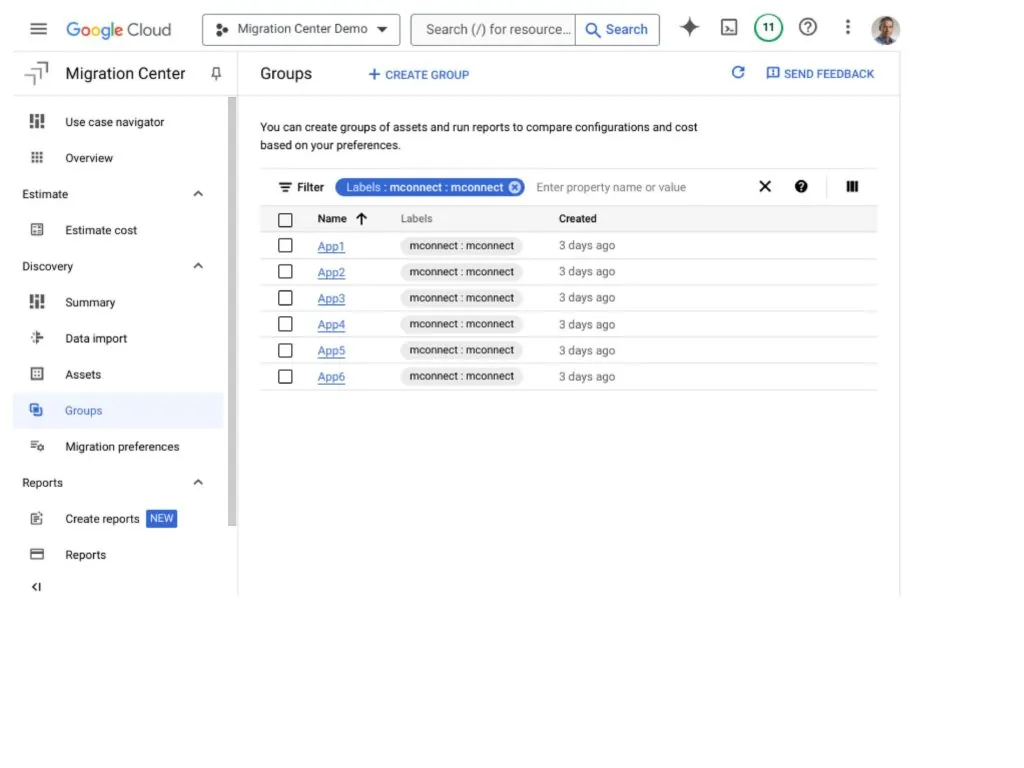
Source: Google Cloud
3. AWS Mainframe Modernization
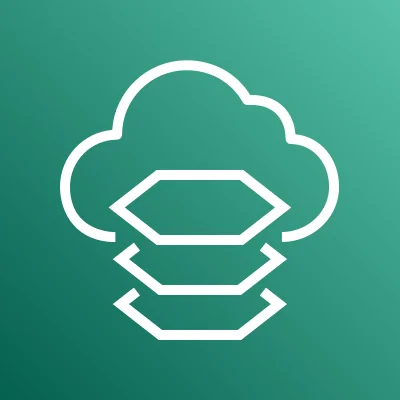
AWS Mainframe Modernization is a fully managed platform that enables enterprises to migrate and modernize legacy mainframe applications into the AWS cloud. The service supports end-to-end transformation—from refactoring code to replatforming infrastructure—while integrating tools for DevOps, data management, and testing.
Key features include:
- Automated refactoring: Transforms legacy mainframe applications into cloud-native Java services with AWS Blu Age.
- Replatforming: Migrates COBOL and PL/I applications to AWS with minimal code changes using toolchains from Micro Focus and NTT DATA.
- Data replication and file transfer: Enables near real-time data replication and file transfers using solutions like Precisely and BMC.
- Application testing at scale: Validates functional equivalence between legacy and modernized applications using cloud-native testing services.
- End-to-end modernization tooling: Provides a managed suite of infrastructure and software tools for all phases of modernization—planning, migrating, running, and operating mainframe applications within a cloud environment.

Source: Amazon
4. IBM
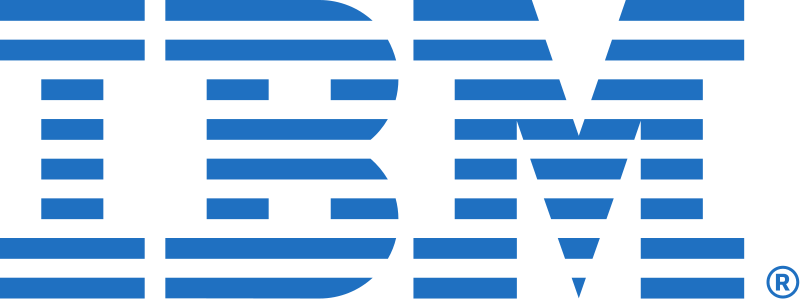
IBM offers mainframe modernization services aimed at helping organizations improve agility, reduce technical debt, and integrate with hybrid cloud and AI ecosystems. These services support multiple modernization entry points tailored to business goals such as improving performance, integrating with modern tools, or optimizing infrastructure costs.
Key features include:
- Application improvement and extension: Helps modernize existing applications by adding new capabilities, integrating with APIs, and supporting mobile or web interfaces.
- Hybrid cloud integration: Offers IBM z/OS Connect to expose mainframe functions as APIs, enabling data and process interaction across cloud and on-premises systems.
- Data modernization: Offers tools like IBM Z Digital Integration Hub to enable real-time data access and reduce complexity in data sharing.
- DevOps and observability: Supports enterprise DevOps practices through IBM Z DevOps solutions to accelerate development cycles and automate testing.
- AI integrationL Integrates AI and machine learning into mainframe environments through the IBM Z AI portfolio.
Mainframe Modernization Professional Services
5. Deloitte

Deloitte’s mainframe modernization services help enterprises overcome the limitations of legacy systems by aligning modernization initiatives with strategic business goals. Their approach combines deep engineering expertise with business acumen and uses AI-enabled tools to accelerate the modernization journey.
Key features include:
- Environment assessment: Begins assessments using a “meet in the middle” methodology to combine a technical, bottom-up view (with tools like TruNorth to map system dependencies and code quality) with a top-down, functionally aligned business capability analysis.
- Rapid exit from mainframe infrastructure: For organizations that need to get off mainframes quickly, offers pathways that minimize risk and disruption.
- Transition to commercial software or SaaS: Helps clients re-engineer business processes and adopt commercial off-the-shelf or SaaS solutions where applicable.
- Generative AI-enabled tooling: Integrates generative AI to automate discovery, accelerate code transformation, and improve decision-making.
6. Infosys

Infosys offers an approach to mainframe modernization that emphasizes agility, cost efficiency, and future-readiness. Their methodology, called “Accelerate, Renew, Transform,” focuses on balancing risk and business value through phased modernization.
Key features include:
- Advisory and assessment services: Starts each engagement with an assessment of the client’s current mainframe landscape.
- In-place modernization and API enablement: Through in-place modernization, helps clients reduce technical debt and batch processing time while enabling data access.
- Migration to cloud-native architectures: Supports multiple migration paths: rehosting (lift-and-shift), reengineering into modern cloud-native applications, and replacing legacy systems with commercial off-the-shelf (COTS) or SaaS alternatives
- Accelerate, Renew, Transform framework: Guides the modernization lifecycle using this framework: “Accelerate” refers to assessing and planning, “Renew” to improving existing applications, and “Transform” to full-scale migration or replacement.
- Specialized services and tools: Offers dedicated services like batch offloading, mainframe DevOps, legacy system decommissioning, and targeted application reengineering.
7. NTT DATA

NTT DATA offers a mainframe modernization service focused on reducing technical debt, accelerating innovation, and enabling business transformation. Their services are designed to help organizations move legacy systems into modern cloud environments through a mix of strategic advisory, cloud-native replatforming, and rehosting capabilities.
Key features include:
- Mainframe rehosting and replatforming: Provides tailored rehosting and replatforming strategies that balance business goals with technical requirements.
- Application portfolio assessment and optimization: Uses portfolio analysis to evaluate application value, risk, cost, and redundancy.
- Strategic roadmapping and cloud transformation: Develops cloud migration roadmaps based on industry trends, enterprise maturity, and business priorities.
- DevSecOps, microservices, and API enablement: Uses a modernization strategy that includes cloud-native development, enabling microservices architecture.
- Innovation accelerators: Improves modernization outcomes with accelerators, including AI, generative AI, machine learning, low-code platforms, and process mining.
8. Radixweb
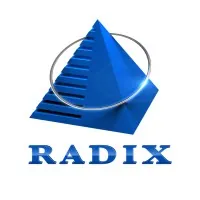
Radixweb offers mainframe modernization solutions to help overcome the limitations of aging infrastructure. Their approach emphasizes strategic agility, cost efficiency, and minimal disruption, allowing organizations to migrate, optimize, or retire legacy systems while adopting a cloud-native architecture.
Key features include:
- Comprehensive modernization approach: Follows a structured, phased methodology: assess, modernize, test, deploy, and maintain.
- Platform migration and rehosting services: Offers services that support migration to AWS, Azure, and Google Cloud platforms.
Application modernization and DevOps enablement: Helps modernize legacy applications using cloud-native technologies, microservices, and API development. - Technical operations and maintenance support: Offers infrastructure management, disaster recovery, and support for multiple z/OS environments.
- Legacy optimization and business continuity: Enables clients to preserve core business logic while reducing technical debt and total cost of ownership.
9. MOST Technologies
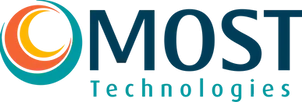
MOST Technologies provides mainframe modernization services focused on cost-effective transformation and risk-reduction through automation and deep domain expertise. It supports enterprises in migrating complex legacy systems—including IBM mainframe, AS400, and open systems—to modern cloud or hybrid environments.
Key features include:
- Replatforming and refactoring expertise: Offers both replatforming and refactoring strategies tailored to customer needs.
- Automated tools for modernization: The OnTarget technology suite provides automation capabilities that reduce manual effort, accelerate time-to-market, and ensure consistency across modernization tasks.
- Modernization methodology: Its end-to-end methodology covers all phases of the modernization lifecycle—from initial analysis to deployment.
- Cloud migration with business value focus: Supports cloud migration strategies that emphasize operational cost reduction, improved security, CI/CD integration, and development agility.
- Deep technical expertise: The MOST team has specialized experience across key mainframe technologies, including cobol, PL/I, Natural, Assembler, ADABAS, DB2, IMS, and JCL.
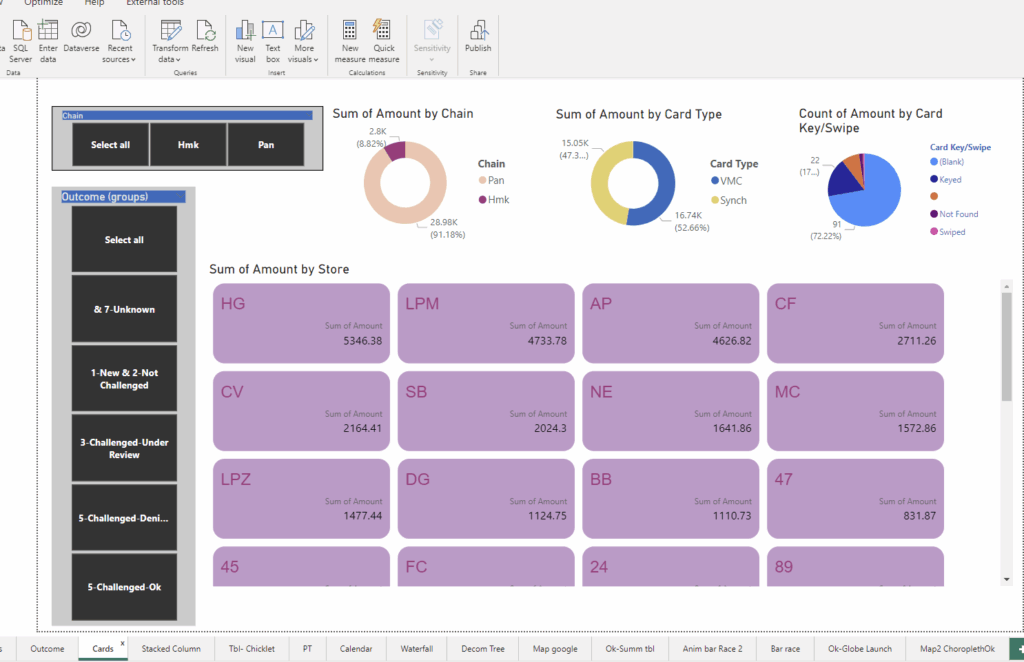
Source: MOST
Related content: Read our guide to best mainframe modernization companies (coming soon)
How to Choose a Mainframe Modernization Platform or Service
Here are some important considerations when evaluating services to help modernize mainframe systems.
1. Assessment of Current Systems
A comprehensive assessment of the existing mainframe environment lays the foundation for a successful modernization initiative. This process should go beyond simple application inventory to include detailed mapping of interdependencies, batch processing schedules, and runtime characteristics.
Attention should be paid to data formats, interface protocols, system uptimes, and integration with external systems. Specialized tools can assist in reverse engineering legacy applications to extract business rules and identify areas of redundant or obsolete code. This analysis helps separate what can be modernized, replaced, or retired.
It’s also important to consider regulatory and data residency constraints during this phase. A good provider will deliver a detailed impact analysis, helping stakeholders understand which applications are best suited for each modernization path—replatforming, refactoring, or replacement.
2. Business Objectives Alignment
Modernization efforts should directly support the enterprise’s strategic goals. For some, this means reducing operational costs and decommissioning physical mainframe infrastructure. For others, it may be about increasing innovation velocity, adopting cloud-native architectures, or integrating with digital channels and mobile platforms.
Service providers must take time to understand the organization’s industry, competitive pressures, and digital transformation roadmap. The modernization plan should include KPIs tied to business metrics such as reduced time to market, improved system availability, or expanded API exposure for ecosystem integration.
3. Risk Management
The complexity of mainframe systems makes risk management a central concern. The modernization provider should offer a reliable risk mitigation framework that includes phased rollouts, comprehensive regression testing, and fall-back mechanisms. These measures help ensure operational continuity, especially when transitioning mission-critical systems.
It’s important to evaluate the provider’s approach to change management. This includes not just technical risks but organizational ones, such as retraining staff, updating operational procedures, and aligning teams across legacy and modern platforms.
Vendors should also address security risks, especially in hybrid deployments where legacy systems interface with public cloud infrastructure. A good risk strategy includes early prototyping or proofs of concept for high-risk components, helping organizations build confidence before committing to full-scale transformation.
4. Expertise and Experience
Depth of expertise is critical due to the specialized nature of mainframe systems and the high stakes of failure. A qualified provider should demonstrate experience across multiple industries and modernization types (rehosting, replatforming, refactoring, etc.). Case studies, client references, and certifications help validate claims of expertise.
Look for vendors with multidisciplinary teams—mainframe engineers, cloud architects, data migration specialists, and DevOps professionals—who can work together throughout the lifecycle.
Knowledge of legacy development practices (e.g., JCL, VSAM, IMS) must be matched by proficiency in modern platforms like AWS, Azure, containers, and orchestration frameworks such as Kubernetes. Ask about their ability to train internal teams or provide knowledge transfer during and after the transition.
5. Tooling and Methodologies
Tools and processes greatly influence modernization speed, accuracy, and risk. Modern providers rely on automated tools for tasks like static code analysis, dependency mapping, code transformation, and test coverage validation. These tools reduce manual effort and increase repeatability.
Ideally, tooling should integrate with the current software development lifecycle (SDLC) and CI/CD platforms. Support for modern programming languages, cloud platforms, and container orchestration is essential. The ability to simulate or replicate legacy workloads in test environments is also a strong advantage.
Providers should follow proven methodologies—such as agile or incremental delivery models—that support iterative development, stakeholder feedback, and constant validation. Methodologies should also include governance models to manage technical debt, compliance tracking, and architecture evolution.
Learn more in our detailed guide to mainframe modernization tools
6. Support and Maintenance
Modernization doesn’t end with deployment. Long-term support is crucial to ensure system stability, performance optimization, and continued alignment with evolving business needs. This includes patching, monitoring, performance tuning, and user support across both the legacy and modernized components.
Determine if the vendor offers 24/7 managed services, incident response teams, and SLA-backed uptime guarantees. For systems migrated to the cloud, look for integration with observability tools and automated alerting systems. Support should also extend to compliance monitoring and auditing capabilities.
Post-modernization, the vendor should provide continuous improvement services—identifying opportunities to optimize cost, performance, or functionality over time. Documentation, training, and knowledge handover are essential to ensure internal teams can maintain and evolve the system independently.
Conclusion
Modernizing mainframe systems is a complex but necessary step for enterprises looking to stay competitive in a digital-first environment. By transitioning away from rigid legacy architectures, organizations can unlock greater agility, improve operational efficiency, and respond more quickly to market demands. Successful modernization depends on a strategic approach that balances technical feasibility with business value